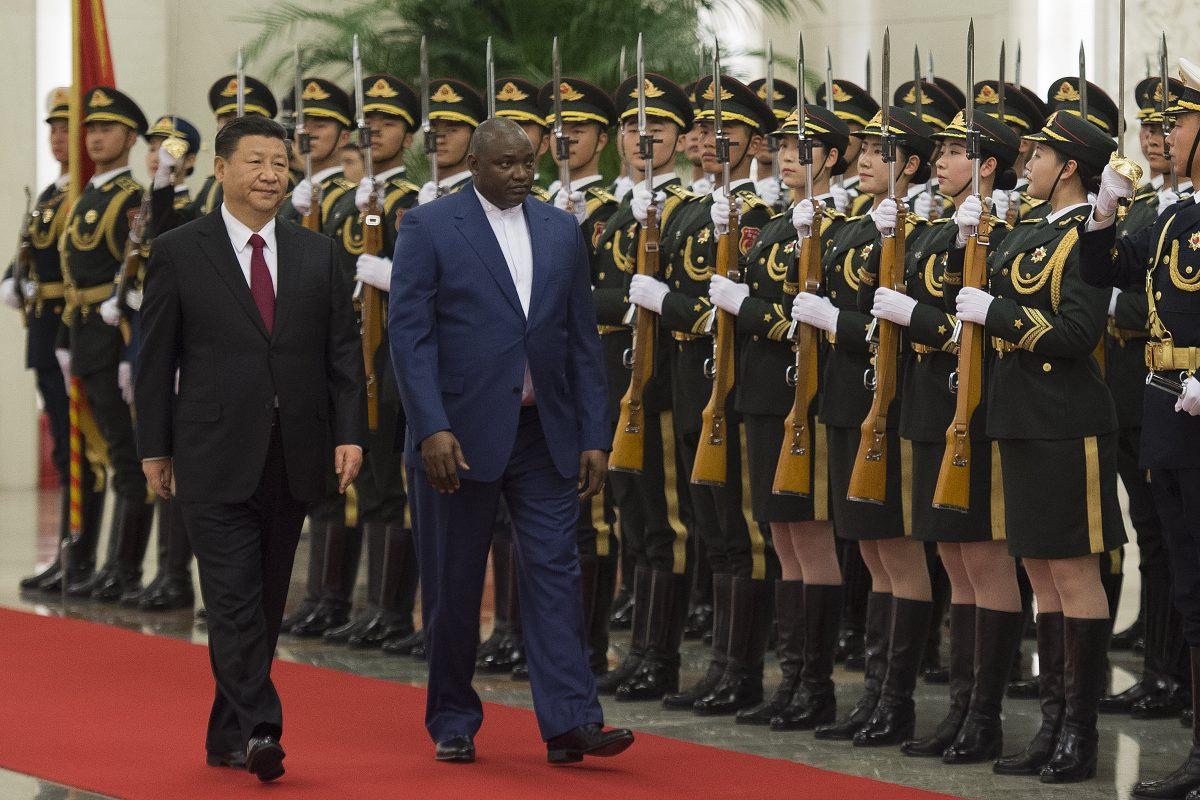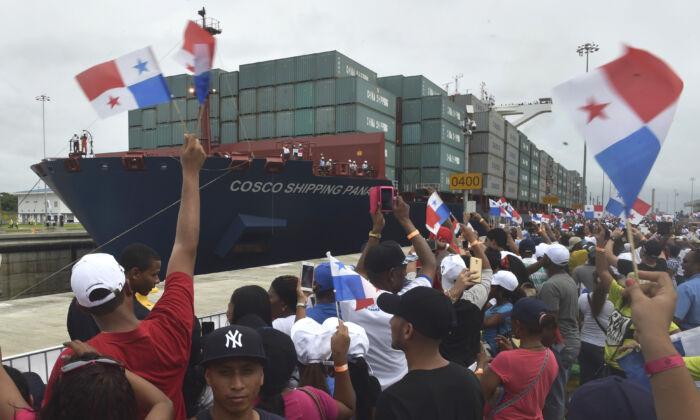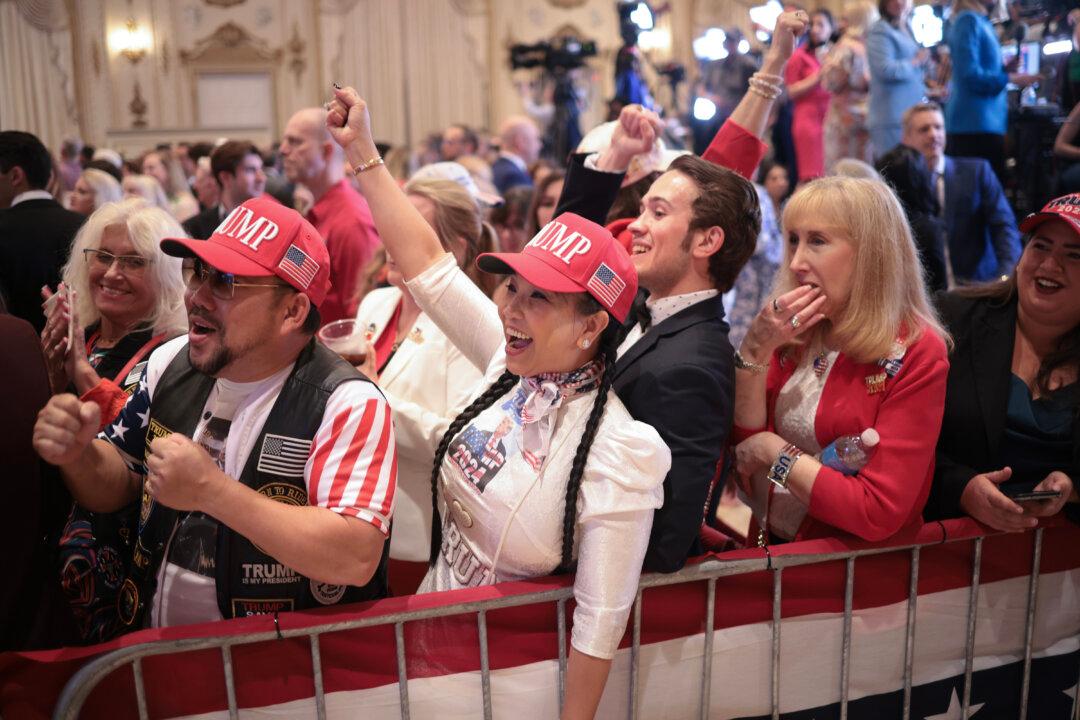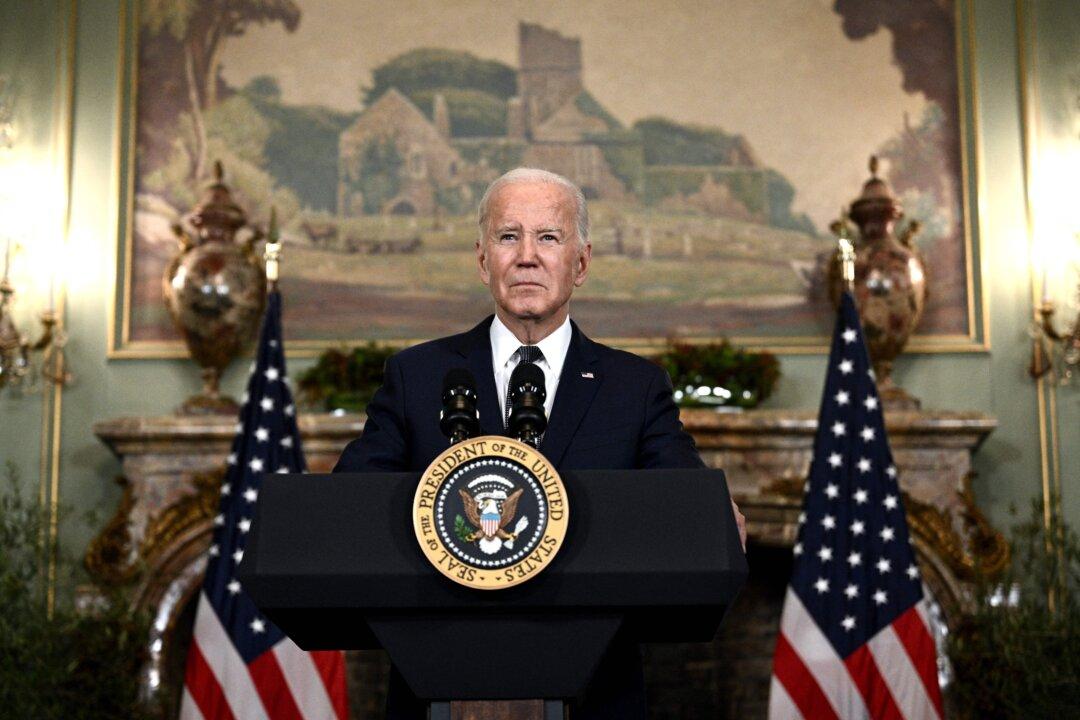News Analysis
Through investment, trade, and diplomatic coercion, the Chinese regime is steadily expanding its influence into America’s backyard—Latin America and the Caribbean (LAC).
The Chinese Communist Party (CCP) became one step closer to isolating Taiwan when Nicaragua recently announced that it switched diplomatic allegiance from Taipei to Beijing. This leaves Taiwan with only 14 allied nations. Its strongest ally, of course, is the United States. The CCP seeks to displace the United States as the world leader even in its own backyard, in Central and South America and the Caribbean.
Currently, China leads in trade with Africa and parts of Asia. China is still lagging behind the United States in the Americas, but the gap is steadily closing. In 2009, Chinese investment only accounted for 4 percent of new projects in Latin America. By 2019, the number had increased to 6.8 percent. The United States, by contrast, accounts for about 22 percent of all financing. In some countries, however, Chinese investment is more prominent. China only began investing in Chile five years ago, but has become the nation’s number one source of capital.
China’s share of mergers and acquisitions in Latin America was 2.4 percent in 2009, but had grown to 16.3 percent in 2019. This places China second only to the United States. Trade experienced a similar growth pattern. In 2000, China’s trade with the region was $16 billion. Now it is over $400 billion.
During the turmoil of leftist revolutions in Latin America, in the 1980s, a number of LAC countries switched diplomatic recognition from Taiwan to China, including Bolivia, Nicaragua, and Uruguay. Nicaragua switched in 1985, and again in 1990 and 2020. Other LAC countries switched for financial and political reasons, such as the Bahamas in 1997, Dominica in 2004, Grenada in 2005, Costa Rica in 2007, and El Salvador 2018.
The United States handed over the Panama Canal to the Panamanians in 1999, and the Panama Canal Zone ceased to be U.S. territory. In the same year, the Chinese firm Hutchison-Whampoa was granted the right to operate ports on both the Atlantic and Pacific sides of the Canal. Panama was the first country in LAC to sign on to China’s Belt and Road Initiative (BRI). Even before Panama’s recognition of China, Beijing had won contracts to have container ports on the Canal run by Chinese state-owned companies.
Between 2008 and 2016, China and Taiwan had a truce on courting Latin American and developing countries to switch their recognition. The African nation of Gambia had offered to switch recognition to Beijing, but China refused, observing the truce. When pro-independence candidate Tsai Ing-wen was elected as Taiwan’s president in 2016, China accepted Gambia’s offer. In addition, Sao Tome and Principe, another small African nation, switched its diplomatic allegiance to Beijing in the same year.

Countries that switched their allegiance from Taiwan to China received incentives such as loans, investments, infrastructure, roads, sports stadiums, clinics, and access to the Chinese market. Costa Rica, for example, obtained its sports stadium immediately after switching to China in 2007.
In 2017, Panama severed diplomatic ties with Taiwan. Just before the change, China Landbridge Group began construction on the Panama Colon Container Port on Panama’s Margarita Island, a $1 billion deepwater port and logistics complex. Then-President Juan Carlos Varela kept the decision secret, only notifying the United States within an hour before the official announcement.
One year later, Chinese leader Xi Jinping visited Panama and the two countries signed 19 cooperation agreements regarding trade, infrastructure, banking, tourism, education, as well as an extradition treaty.
In 2018, the Dominican Republic and El Salvador also switched allegiance to Beijing. The Dominican Republic was offered a $3.1 billion package of investments and loans for infrastructure projects, freeways, and a natural gas power plant.
Before the switch, the Dominican Republic was already China’s second largest trading partner in the region, with trade of $2 billion. By 2020, trade between the two nations had increased to about $2.4 billion, with the Dominican Republic running a severe trade deficit with China of nearly $2 billion.
Taiwan’s remaining friends in the Americas include Belize, Guatemala, Haiti, Honduras, Paraguay, Saint Kitts and Nevis, Saint Lucia, and Saint Vincent and the Grenadines. Meanwhile, 19 countries in Latin America and the Caribbean have joined China’s BRI. Additionally, Beijing has signed a “strategic partnership” with 10 other nations in the region.
Switching diplomatic recognition from Taiwan to China often means a cut in aid from the United States. The CCP, however, are so adept at writing checks that the loss is hardly felt. To increase U.S. influence in the Americas and to counter the CCP, the United States must have meaningful engagement with the LAC countries, helping them to increase their GDP. In 2013, then-Vice President Joe Biden said that the United States might be interested in joining the Pacific Alliance as an adviser. The alliance is a trade pact between Chile, Colombia, Mexico and Peru.
The United States, along with the other Group of 7 nations, are planning the “Build Back Better World” program, an infrastructure funding vehicle for developing countries that would compete with the BRI.
While Taiwan is losing diplomatic ties in LAC, the United States is strengthening its support for Taiwan, even stationing U.S. soldiers on the island—under both the Trump and Biden administrations. The Chinese regime is definitely gaining ground, but the United States retains its primacy in the region—in particular, when it comes to the Panama Canal.
The importance of the Panama Canal has increased during the COVID-19 pandemic, as the United States has pushed for reshoring or close-shoring of supply chains. The United States remains the primary user, accounting for 66 percent of the cargo. China, by contrast, accounts for only 13 percent of Canal traffic. However, China is the largest user of the Colón Free Trade Zone.
The United States is still ahead, but U.S. foreign policy needs to be targeted at countering CCP encroachment in the Americas.
Views expressed in this article are opinions of the author and do not necessarily reflect the views of The Epoch Times.






Friends Read Free